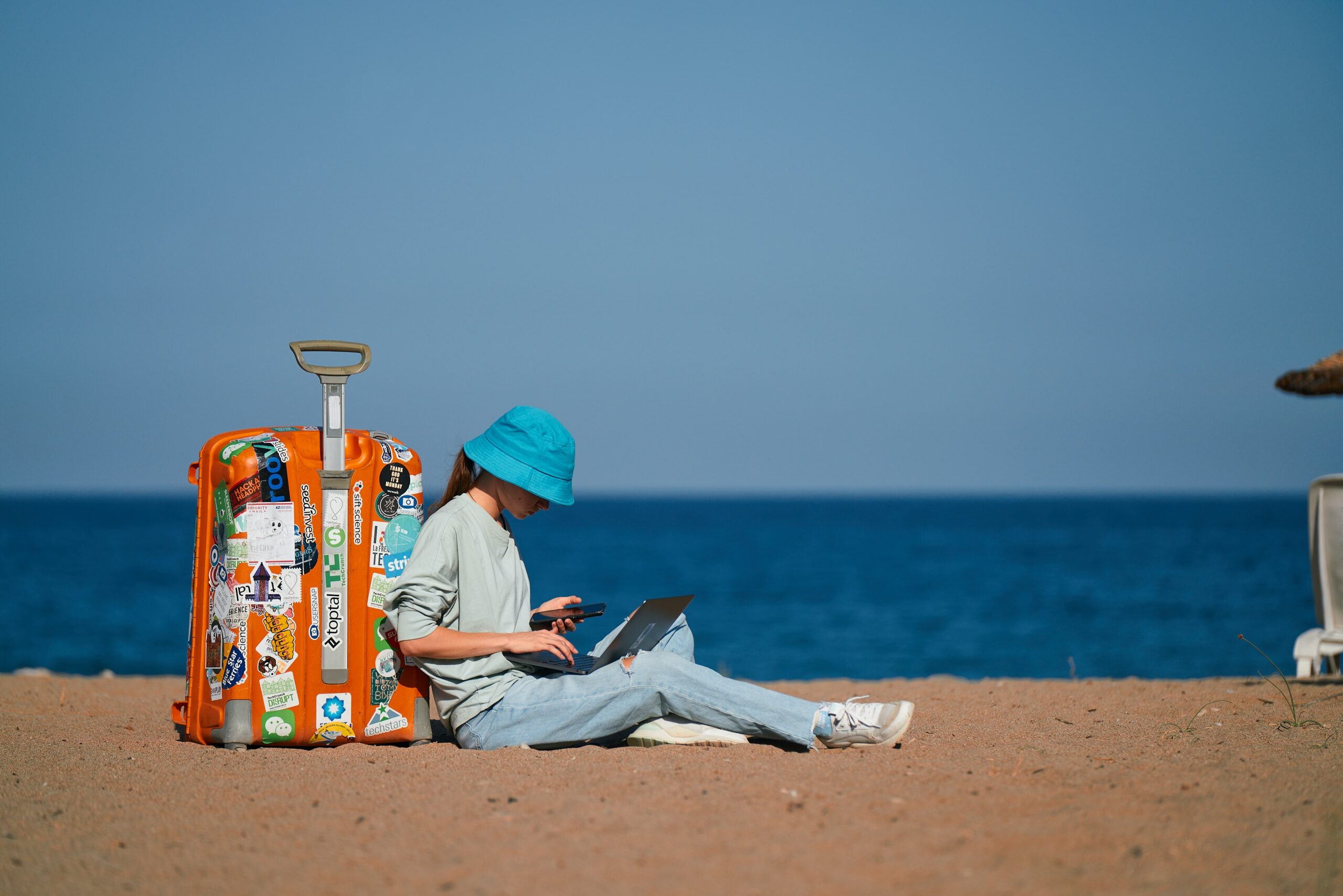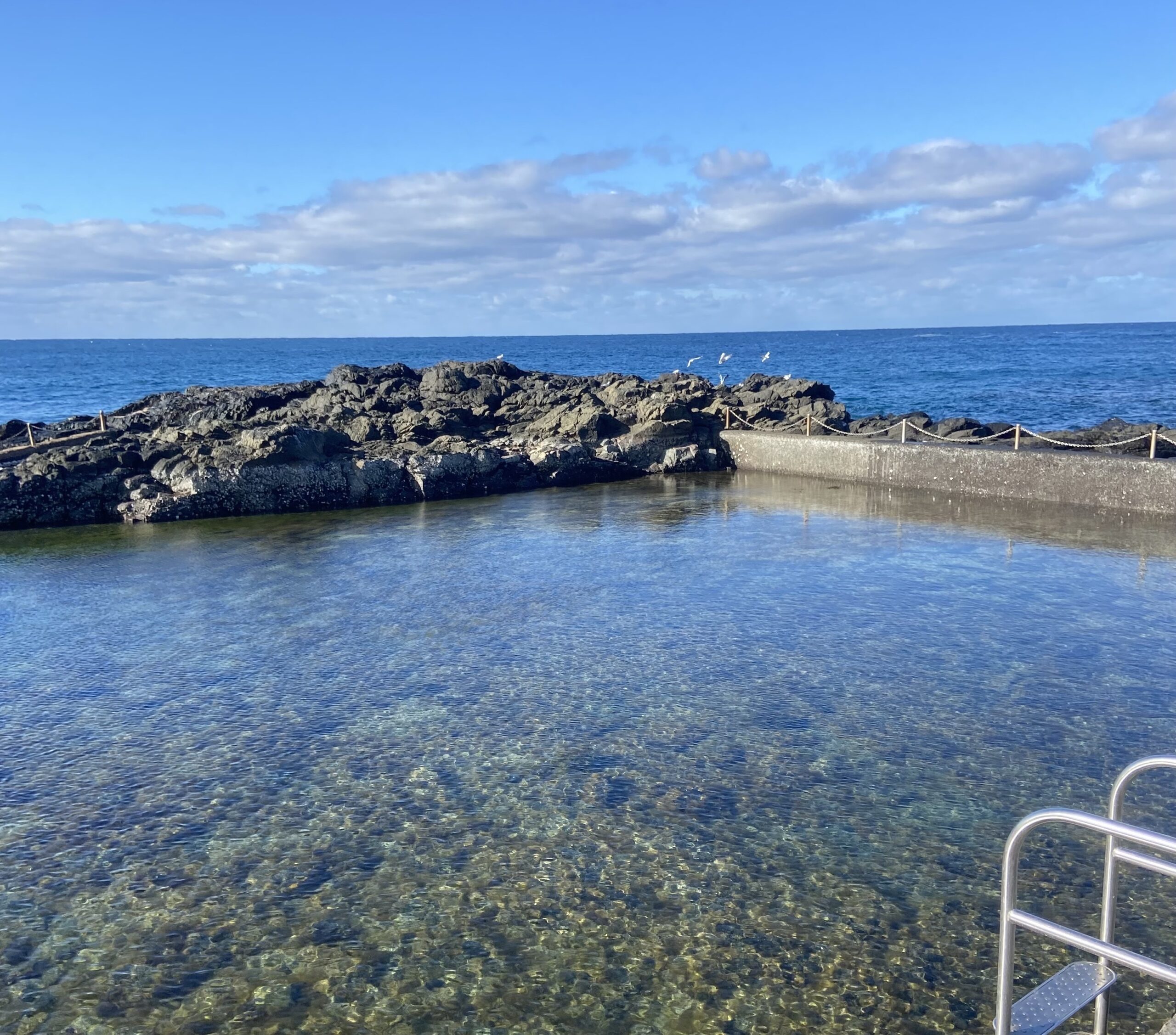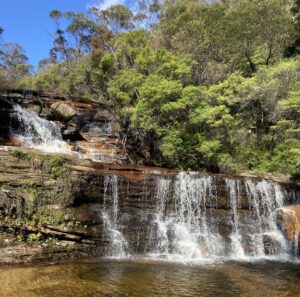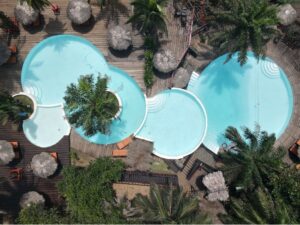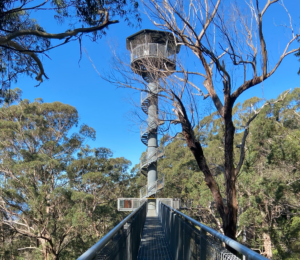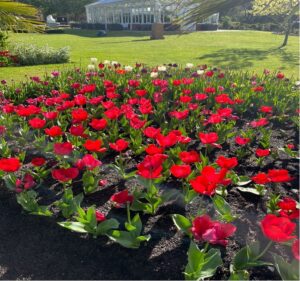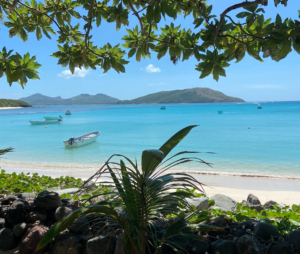Tourism is not static. It ebbs and flows, along with changing cultures, preferences and tastes. Destinations often struggle with adapting to the dynamic mindset of tourists, however. There are a number of techniques to mitigate seasonality in strategic destination planning, but what exactly are these?
A little story, when I was eight, I experienced the impact of tourism seasonality for the first time. I went to Sorrento, a picturesque beachside town on Melbourne’s Mornington Peninsula. During my summer visit, I observed numerous tourists enjoying the beaches. They patiently queued up outside restaurants and ice cream shops. Additionally, all the stores were open, catering to the needs of tourists who were purchasing souvenirs and various items.
This time, things were different. Many shops were closed, including the ice creamery. There were a few restaurants open, but only half full. The beach only had a few individuals walking along the sand, and the ambience was more relaxed and mellow.
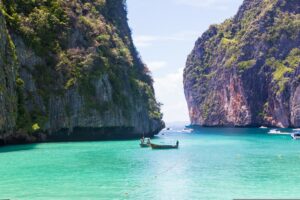
“Mum, where are all the tourists?” I said,
“Not many tourists come in Winter; it’s too cold for the beach; it’s the low season.” Mum exclaimed,
“But, Sorrento has many other great activities to do, so it should attract tourists throughout the year!”
The idea that came to me as an eight-year-old is something that tourism professionals have struggled with for many years.
How can we tell tourists that there is no such thing as the ‘best season’? How do we tell them that our product is engaging and enjoyable outside peak times so that they keep coming? In addition, in some cases, how do we deter individuals from coming during peak times to prevent overtourism? These are the considerations needed to curtail seasonality in strategic destination planning.
What is the meaning of seasonality?
Seasonality‘s definition in tourism relates to the volatility of tourist numbers in a destination over time due to natural and institutional factors. Natural factors predominately include the weather and climate, which may affect elements of experience within a destination.
The cherry blossom season in Japan occurs in late March or early April. It is a well-known example of natural seasonality in tourism. Thousands of tourists come to see the cherry blossoms, causing airfares and hotel prices in Japan to increase significantly.
Institutional factors are related to specific events which may occur at different times of the year. In my home city of Melbourne, Australia, a major example is the Australian Open. This is an annual major tennis tournament that attracts swarms of tourists both domestically and internationally.
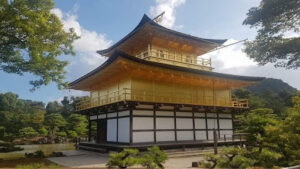
Kinkakuji in Kyoto, Japan, a destination that grapples with the effects of overtourism and seasonality. (Photo Credit: Kevin Li)
What is the effect of seasonality?
Seasonality’s effects on destinations can be far-reaching, affecting the environment, society, and the economy. High demand in peak times puts strain on locales and can cause long-term damage. In low seasons, tourism-dependent places may experience poverty, a decline in material living standards, and overall despondency.
Overtourism: Strain on local resources and services during peak season
During peak season, certain places get overwhelmed by too many tourists, which strains local services and infrastructure. This is what is called ‘overtourism’, which has been an issue affecting destinations for decades. This is a key development focus that Solimar International partners with destinations to prevent.
In particular, this has intensified in some destinations following the end of the end of COVID-19 lockdown. Overtourism heavily affects Venice in Italy and Barcelona in Spain, particularly during the summer months. These destinations have experienced environmental damage, alienation of local residents, and impacts on the capacity of local services. The impact of too many tourists can bother residents, making them dislike tourists more and worsening the tourist experience.
Overtourism can be so bad that it also threatens the local ecology, both fauna and flora.
For example, tourism destroyed Thailand’s Maya Bay after the movie “The Beach” made it famous in 2000. This was particularly because the vast majority of tourists would visit the bay during Thailand’s ‘cool season’, meaning a concentration of tourists around this time period.
Tourists and boats damaged coral, causing marine animals like sharks to leave and the bay to lose its natural beauty. It took a major closure and regeneration project at Maya Bay to return it to its pristine glory.
However, even after these works, the area is still at risk. Some say that current efforts to curtail tourist numbers are not enough to protect it. There are calls to close Maya Bay off to tourists completely in peak season. The need for drastic measures to keep tourism sustainable and mitigate seasonality in strategic destination planning is increasingly apparent.
Economic hardship during the low season
When destinations enter their low season, demand for local goods and services often decreases substantially. This depends on the destination’s reliance on its tourism industry.
For destinations with high social and economic reliance on tourism, the results can be very alarming. When visitor numbers drop, people may lose their jobs and income, putting pressure on their household budgets.
Places with high seasonality have difficulty getting outside investment because people think they won’t make as much money overall. This is because spending and growth are not consistent, even if the place has a popular holiday season.
Seasonal employment
One pivotal challenge facing destination management organizations is the intricate puzzle of seasonal employment. Places with fluctuating demand use temporary contracts to hire more staff during busy times. However, the company releases these staff members when demand decreases.
Some people, such as adventurous working holidaymakers, find these contracts suitable. But in certain areas, they become the main source of income for residents throughout the entire year. The consequence? A pervasive shadow of seasonal unemployment looms over destinations, casting a gloomy veil of poverty. Notorious among these are ski destinations, where extended closures outside peak times exacerbate the issue.
In addition, many places struggle to staff their businesses adequately during peak periods. This happened most recently in 2021-2022 with the easing of COVID restrictions in the USA. However, this is not the first time it has happened, and it will likely be an issue for future ski seasons. Thus, developing a sustainable employment solution is vital when curtailing seasonality in strategic destination planning.
What are some strategies to mitigate seasonality in strategic destination planning?
Seasonality can really bring destinations to their breaking point. At Solimar International, we work with destinations to develop comprehensive strategies to prevent this. No single technique will eliminate seasonality; however, using a careful mix of different techniques can mitigate the issue. These techniques can include economic, marketing, and societal dimensions to tackle seasonality in strategic destination planning from all sides.

The Louvre, a very prominent tourist destination in Paris, France, often overrun by tourists, especially in peak holiday seasons. This can affect the integrity of the artwork inside. (Photo Credit: Pixabay)
Strategic destination planning technique 1: Implementation of a seasonal pricing strategy
When the weather is not conducive for tourism, there must be another compelling reason to visit the destination. Altering prices is a great way to encourage people who want to travel on a budget. Increasing prices in peak season to subsidize cheaper prices in low season means that average income remains the same.
Most hotels often use demand-based pricing to maintain steady revenue flows. Airlines also use seasonal pricing and service offerings to increase yields from tourism. Local businesses can make use of seasonal pricing in their service offering.
In peak season, restaurants can increase their menu prices, entry fees, and range of services to attract greater yield. During slow times, businesses can link together to offer affordable package deals that attract visitors and increase spending. This incentivization allows the destination to defy seasonality in strategic destination planning, increasing yields from tourism to benefit the local economy.
Strategic destination planning technique 2: Target locals and domestic tourists
Locals are fantastic people to target when attempting to combat seasonality. Low barriers to tourism, such as lower cost and distance, increase their propensity to travel in off-peak times. These times of the year are quieter and are likely to attract locals who wish to have a more relaxing experience.
An example was the Victorian travel voucher scheme, which encouraged tourism within Victoria, Australia, in late 2020. The vouchers gave a $200 discount on tourism in regional Victoria, if customers met certain requirements. Customers had to spend at least $400 on activities, lodging, or tours in regional Victoria to use them.
This helped regenerate tourism after a period when tourism numbers were at an all-time low. The DMO used this plan during the aftermath of the COVID-19 lockdown. However, destination managers can also use it to fight against seasonal changes. In Australia, this strategy is part of a broader narrative to create a ‘tourist mindset‘, bolstering domestic visitation.
With a strong domestic tourism economy, cheaper, shorter travel leisure trips help to fill in gaps in low periods, aiding stability. This is particularly important in areas with high economic reliance on tourism.
Strategic destination planning technique 3: Development of a broader product and package range
Creating tourism products and packages for low and shoulder season tourism are great ways to combat seasonality. Every destination has something to offer at all times of the year, even if it is not their hallmark product.
A great example of this are “four season resorts” (and no, we are not just talking about the lavish hotel chain), where unique experiences are offered at all times of the year.
Guests can enjoy skiing in winter, swimming in summer, and other indoor activities like ice skating or leisure treatments. Operators can also create special deals for conferences and MICE events for low season to fill in the gaps. Ensuring that there are no times when the tourist does not have a reason to go is key in combatting seasonality in strategic destination planning.
A prominent example of this is, coincidentally, the “Four Seasons” Resort in Whistler, British Columbia. While most prominently a ski resort for winter months, it also offers experiences in fall, summer and spring. Combined with adjusting season rates and other seasonality adjustments, the resort brings in visitation year-round. This preserves jobs and ensures stability for the destination, even if there are minor fluctuations in seasonality patterns.
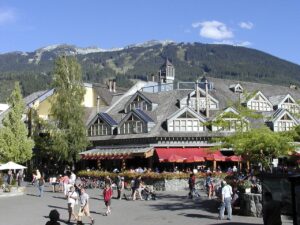
Whistler, Canada, the location of an all-season resort that caters to tourists throughout the year, not just the winter peak. (Photo Credit: Brigitte Werner/Pixabay)
Key takeaways to eliminate seasonality in strategic destination planning
The bottom line is tourism will happen if tourists are happy and will slow if they are not. The key to any successful strategy lies in how customers respond. This comes down to the needs of the tourism segment in your market and the external environment. Listening to both customers and the needs of society and the environment is vital in creating a sustainable tourism strategy.
For price-sensitive tourists, seasonal pricing of airfares or hotels may be an effective approach. However, in areas frequented by more affluent tourists, enhancing the quality and breadth of tourism offerings can serve as a better incentive.
Monitoring peaks and troughs in tourism activity and their repercussions on the broader economy, society, and environment is paramount. If local communities, infrastructure, and natural ecosystems are adversely affected by fluctuating tourist numbers throughout the year, proactive measures are necessary.
If you’re considering a trip, it’s an opportune moment to reconsider your travel timing and approach. Sustainability concerns aren’t solely the responsibility of destination marketing organizations; significant changes can stem from individual behavioral adjustments. Opting for off-peak travel times and educating yourself about current issues in your destination can contribute to mitigating adverse impacts.
